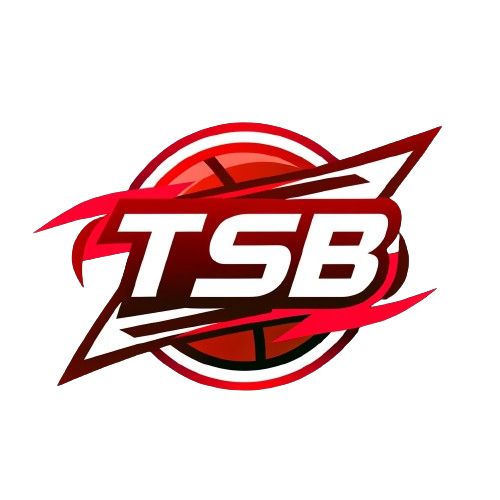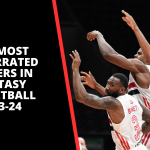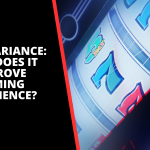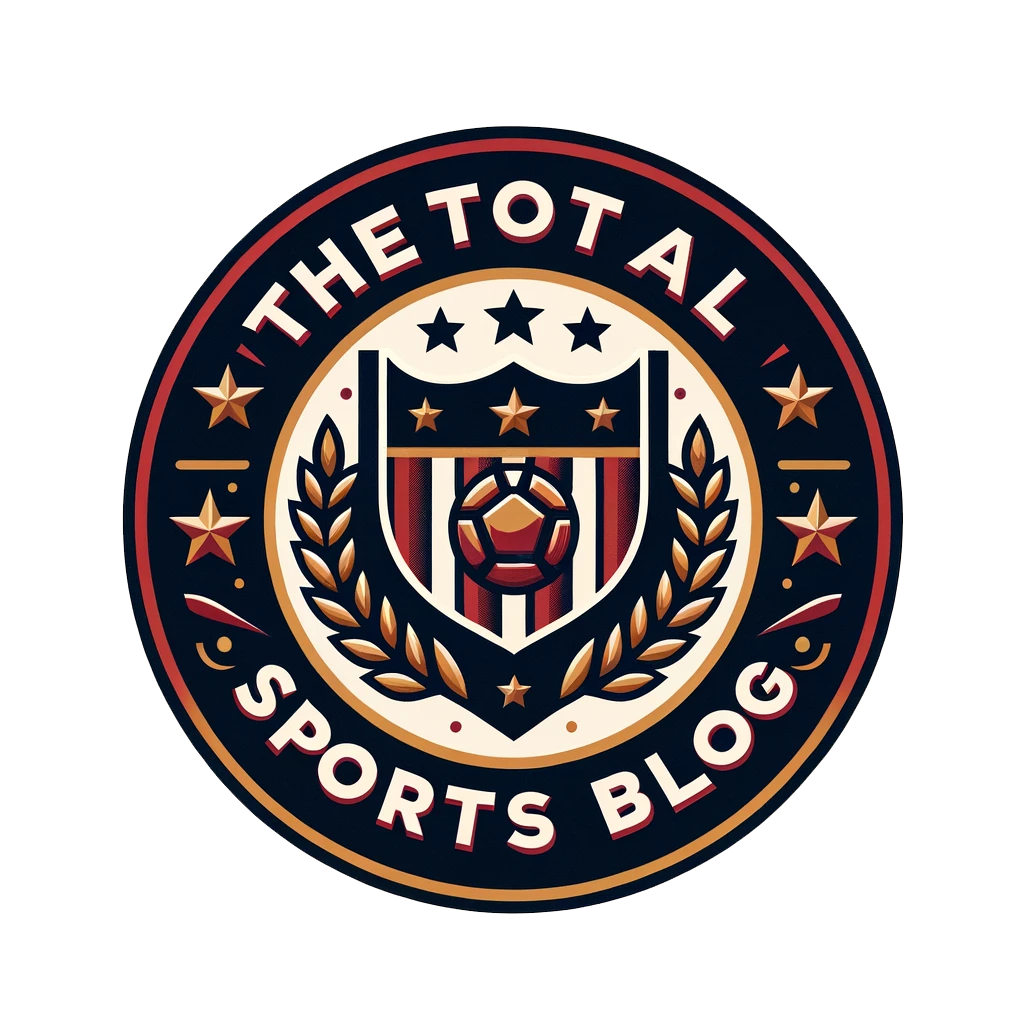On February 22, 2012 Nike released it’s latest fitness tracking product, the Nike+ FuelBand. With tag-lines like “Life is a sport. Make it count.” and “Make life a sport.”, Nike promotes this bracelet/watch/pedometer combo as a motivating factor to be active and reach your fitness goals. While available in highly limited quantities, I managed to get my hands on one (OK, four) of these $149 devices that may or not be the next big thing in fitness fashion accessories. And no, Nike did not send me them on the arm. I tried to buy them at the original pre-sale and failed. 2nd pre-sale same result. On the 1st post-release date re-stock, I outsmarted the masses by logging in to my Nike Store account early. I placed an item in my cart and went through all but the final steps to completing my order, so my delivery address and credit card info were already plugged in. When @NikeFuel announced the release, I pounced. $652 and 5 days later I had my Nike+ FuelBands. 2 to be re-sold on eBay to cut down on product cost, 1 for myself, and 1 my brother (happy birthday, Nick). Having paid for these myself, I promise to tell the truth, the whole truth, and nothing but the truth about Nike+ FuelBands
QUICK REVIEW
Let’s cut to the chase, before I go in to the full review, here are my grades for the Nike+ FuelBand
Style: B+
Comfort: B
Display: B+
Functionality: A- (only downfalls are no stopwatch and lack of Andoid app until Summer 2012)
Durability: D [Updated 6/19, see below]
Price/Value: C
Overall: C+
The Nike+ FuelBand is simple looking but stylish. It isn’t clunky or a hindrance while running, although I found myself being very cautious when picking up weights. The LED display is also simple, but really cool. I have no problem seeing it in daylight (although you may need to shield it with your hand in direct sunlight) and it really lights up in the dark when I press the display button. I love what it does functionally, although Nike should have included a stopwatch and an Android app at launch. The FuelBand is water-resistant but can’t be worn while swimming. [UPDATE 5/31/12- I don’t recommend resizing the FuelBand after you’ve worn it for a few months. I tried to resize mine a few weeks ago as I planned to waterproof it for a Tough Mudder, but the link wouldn’t re-attach when I tried to put it back together. I’ve shipped it back to Nike and am awaiting a replacement.] Nike says you can shower with it, but I prefer not to soak my $149 electronic bracelet. That price, $149, seems steep. $99 would have been a more fair price. Overall, I like the FuelBand and am sure it’ll become a big part of my training regimen.
UPDATE 6/19: Durability has become a major issue with the Nike+ FuelBand. Although I’ve had no issue with my replacement band, it seems that a lot of people are having issues with their FuelBand after about 2 months of use. My band would not attach after I tried to re-size it, my brother’s band broke after a fall while running (klutz), and now a coworker of mine tells me his band broke as well. While the warranty is for 1 year and Nike is really good about sending replacements, durability is an issue that could steer some people away from purchasing one.
FULL REVIEW
Hats off to the shipping department at Nike for taking every precaution in sending these out. They came in an oversized box with air bubble cushions and ample bubble wrap. I found this a little odd for something that is supposed to be durable enough to be worn all day and during workouts, but I appreciate the effort.
Inside the box you’ll find the FuelBand with the smaller extender pre-installed, a larger extender, the key to remove the extenders, a USB charger, a stand, and the warranty information. The FuelBand is covered by a 1 year manufacturers warranty, which is refreshing seeing how durability is a main concern. A lot of electronics are only covered for 90 days, so Nike upping that to 365 for this bracelet is nice. I was a little discouraged that there was no instruction manual included with the FuelBand. The only instructions there were are the 4 steps pictured when you open the box:
Once you go to nikeplus.com/setup, you are instructed to download the Nike+ software and then connect your FuelBand to your computer via the USB charger cable. The FuelBand needs a full charge before it can be used (which takes several hours), so I took some time to locate the instruction manual PDF on the Nike+ site. It wasn’t easy to find, so I Googled “nike+ fuelband users guide” which brought me to a support page with several useful PDFs. The manual gave a complete rundown of how to use the FuelBand and all it’s functions. After reading up and letting the bracelet charge overnight, I was ready to get started the following day.
Time Display
Clasp View
The band itself is stylish and comfortable. It has a rubbery texture without feeling too much like a rubber band or a power balance bracelet. It has a nice, smooth feel to it. While it is currently only offered in black with a steel clasp, I could see Nike eventually offering it in a multitude of colors. Black works for me.
There is no constant display, which I like. The FuelBand has one button that activates its four displays: Fuel, Cals, Steps, and Time. A single press of the button will quickly display whichever setting you viewed last. I personally leave mine on Time as the watch function of the FuelBand makes it more than just a fitness accessory. Whichever setting you have it on, a series of LED dots light up ranging from red (furthest from your goal) to orange, to yellow, to green (goal achieved/nearly achieved). Once you’ve hit your goal for the day (which you set upon the initial setup by connecting the FuelBand to your computer via the USB cable) a celebratory “GOAL” display will come up every time you cycle to the Fuel setting.
The goal you set for yourself is based on Fuel, which Nike describes as:
NikeFuel counts all the activities of your athletic life. Running, walking, basketball. Nike+ devices measure your moves and turn them into NikeFuel. And since NikeFuel is calculated the same way for everyone, you can compare and compete with anyone
How it’s calculated is unclear, but I’m sure it is based on the correlation between your statistics (height/weight) and the data the internal accelerometer compiles throughout the day. While you can set your goal to any number, Nike suggests 3 different settings, depending on your lifestyle and activity. I chose the middle setting of 3000 Fuel and set off the next day to achieve my goal.
DAY 1
I work evenings, so my day started at around noon. After going to the post office and grocery store I had accumulated the following stats
Fuel: 534
Cals: 209
Steps: 2323
I was amazed how much Fuel I had accumulated after walking a few blocks. I decided for Day 1 I’d do what I consider a light workout consisting of solely cardio. After going for a 35 minute run/walk on the treadmill for 3.4 miles I accumulated
Fuel: 1737
Cals: 672
Steps: 7571
Seeing how much I had previously accumulated while running errands, I was REALLY surprised how little Fuel I accumulated after the 3.4 miles. I thought for sure I’d be in the 2000+ range. My usual workout includes an additional 45 minutes of weight lifting, so I figured it’ll be nice to see the difference on Day 2. As I headed to work (options trading at a desk) it was clear to me that I was not going to achieve my goal of 3000 Fuel for Day 1.
DAY 2
After taking the train home from work, walking 2 blocks to my apartment and sleeping I had accumulated
Fuel: 511
Cals: 194
Steps: 1733
On Day 2 I stepped things up a notch. After going to the office, going to the gym for light weightlifting and cardio (6 sets of curls, 3 sets of shrugs, 3 sets bench press, 3 sets shoulder press, 3 sets tris and 29 minutes on the elliptical) walking to get lunch and back to the office I had accumulated
Fuel: 2633
Cals: 1010
Steps: 10897
With little additional moving around for the rest of the day, I found myself just 20 fuel points away from my goal of 3000 at 11:58PM. For about 30 seconds, I moved my hands back and forth like Lloyd Christmas in Dumb and Dumber to achieve my goal of 3000 Fuel.
DAY 3
For the 3rd and final trial day, I was going to go all-out. I decided to walk home from work (approximately 1.1 miles). The walk accumulated
Fuel: 395
Cals: 162
Steps: 2429
Walking across the Chicago River at night
I then subjected myself to my “Tough Mudder Training Workout” which consists of approximately 30 lunges, 450 situps, 60 leg lifts, 105 jumping jacks, 30 pullups, 300 jump rope jumps, 60 resistance band curls, and an hour on the treadmill running and walking for a total of 5.25 miles all before going to bed. I accumulated
Fuel: 2714
Cals: 1062
Steps: 12293
After going to bed, walking to the movie theater and back, I had surpassed my goal of 3000 Fuel. The “Goal” celebration came up when I checked, which I thought was pretty cool. I plugged my FuelBand into its charger and it still had about 40% of it’s power left, very good for 3 days without a charge. My totals for the day before going to work were
Fuel: 3606
Cals: 1411
Steps: 16079
When I plugged the FuelBand into the charger, the Nike+ app automatically came up and the nike+ website automatically loaded. The website, which I’m sure is very similar to the IOS app, showed a lot of cool things. It showed my total fuel points earned, best day, best week, best month, longest streak, best days of week, NikeFuel Average, Active Days, and gave a breakdown for each day. In addition to the fuel, cals and steps it also showed my total distance.
The dashboard is very intuitive and informative and is a great way to track your progress. It’s a really good motivator and makes you want to hit your goal every day. There’s also a graph that shows your fuel earned hour by hour, including a checkpoint of where you hit your daily goal. Now that I know what it takes to achieve the goal I can hit it every day as long as I stay active.
If your kid is crying for a FuelBand because his best friend at school has one, save your money. Children get bored with things REAL quick and the bracelet you spent $149 on will be collecting dust in no time. But if you’re serious about setting fitness goals for yourself and have some extra cash lying around, the Nike+ FuelBand is a great motivational tool. After wearing the FuelBand for just 3 days, I’m already looking forward to future workouts in hopes of setting new records for myself and achieving higher goals. While the Nike+ FuelBand isn’t a must have fitness fashion accessory, it’s definitely a cool item. Be sure to check back for my Nike+ FuelBand Android app review, once it becomes available.
Follow me on twitter @HookTSB , and follow @NikeFuel for Nike+ FuelBand availability updates







